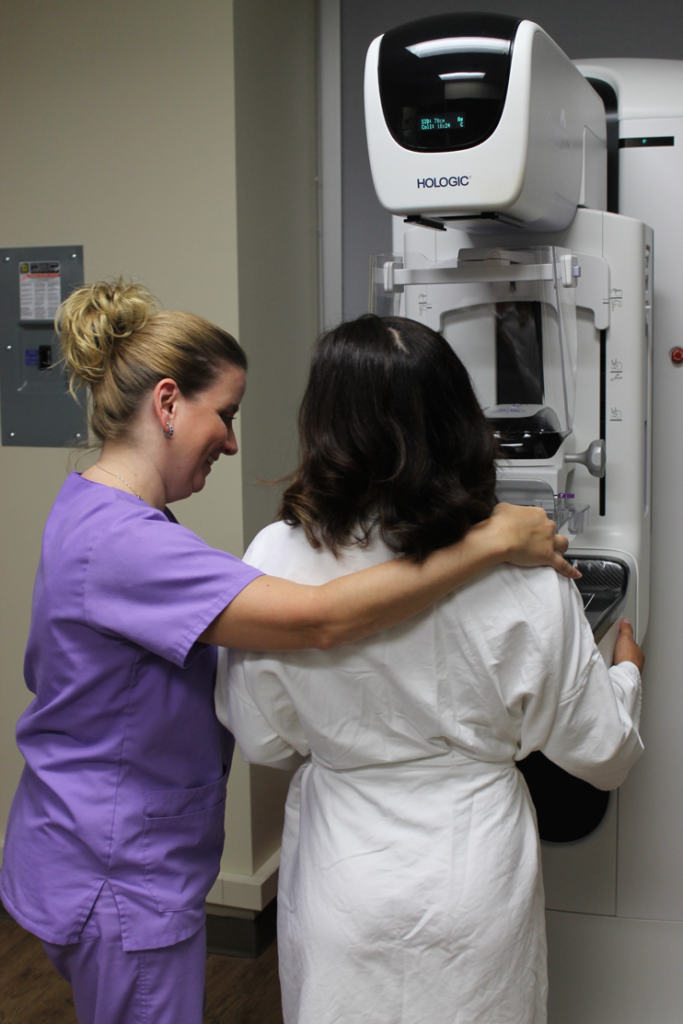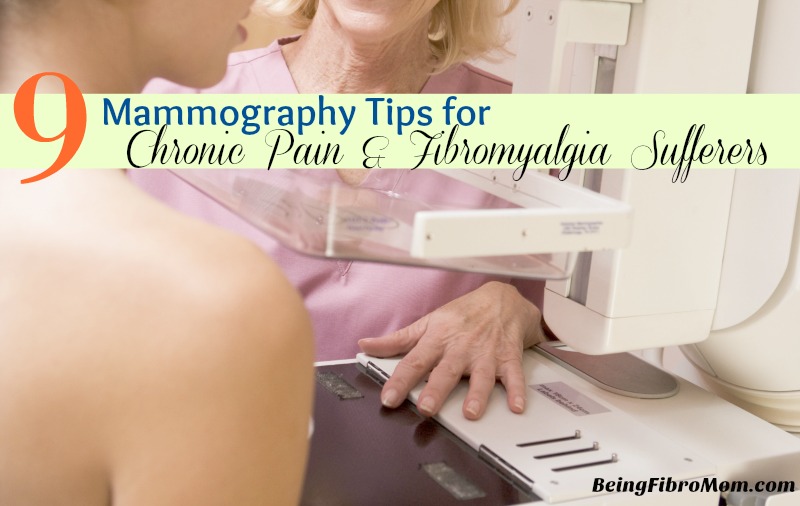
ADDISON, Texas (April 25, 2017) – According to the Centers for Disease Control and Prevention, 4 million adults in the United States (about 2 percent of the population) have fibromyalgia. Fibromyalgia, more often seen in women, is a chronic condition that causes pain and tenderness throughout a person’s body.
Even though annual mammograms offer women peace of mind – either by knowing they are all clear for another year or by finding any concerns at the earliest stage to offer the best treatment options possible, some women with fibromyalgia may have heightened concerns.
Mammography compression (either 2-D or 3-D) during a mammogram is a key factor to obtaining a quality image. In most cases, the two breast compressions per breast necessary for an accurate mammogram will be a little uncomfortable, but they should not be painful. Each compression lasts about 30 seconds, and the entire procedure only takes 5 to 10 minutes. However, for patients with a chronic pain condition or fibromyalgia, communication is key to managing the imaging process.

Dr. Stephen Rose, chief medical officer at Solis Mammography – the nation’s largest independent provider of breast imaging services, offers nine tips to create a stress-free mammography experience for women battling the disease or other chronic pain disorders:
- Women may find it more comfortable to schedule their annual mammogram one week after their menstrual cycle has ended as breasts seem to be less tender. It is important to note that a woman’s menstrual cycle does not impact the mammogram image in any way whatsoever.
- Women need to communicate their health issues and concerns, beginning with scheduling their mammogram appointment all the way through to the mammography technologist (the person who explains the procedure, positions a woman for the mammogram, and monitors the images). A well-trained technologist who is a specialist in breast imaging will work to obtain a high-quality image while limiting any discomfort/pain. As evidence, 89 percent of Solis Mammography patients (more than 150,000 women last year) reported that they experienced “little to no discomfort” during their mammogram.
- The low temperature of the mammogram screening rooms may be a concern. When scheduling the mammogram appointment, ask if a robe or a dressing cape can be provided. If not, a woman can bring one from home (but be sure it has no metal of any kind). Also, patients will only need to remove their top, so a two-piece outfit is recommended.
- If they think it will help in their comfort, women can ask to be seated during their mammogram.
- If the mammography technologist’s hands are chilly, ask her to wear gloves or use hand warmers like the technologists at Solis Mammography.
- Explain to the technologist that longer than normal breaks may be needed between compressions to recover.
- Stress can be an insidious culprit to fibromyalgia triggers. Try to relax, taking deep breaths, and think about the peace of mind that will come following the mammogram. Remember, accurate information empowers women.
- Most women find the atmosphere to be a key factor in their stress level, so be sure to choose a non-clinical, warm and welcoming center for your mammogram screening.
- And finally, bring a friend – or better yet, have the friend get her mammogram too. It is almost always more comforting and can often offer a meaningful distraction.
Let’s face it: no one wants to get their annual mammogram. What they want is peace of mind – either by knowing they are all clear for another year or by finding any concerns at the earliest possible stage to offer the best treatment options possible.
About Solis Mammography
With more than 30 years in breast imaging, Solis Mammography is a specialized healthcare provider focused on delivering patients an exceptional experience and exceptionally accurate results in mammography and imaging services. Headquartered in Addison, Texas, Solis operates 38 centers across six major markets – North Texas; Houston, Texas; Phoenix, Arizona; Columbus, Ohio; Greensboro, North Carolina; and through its acquisition of Washington Radiology, the District of Columbia metropolitan area. The company operates both wholly-owned centers and multiple successful joint ventures with hospital partners. Serving more than 600,000 patients each year, both Solis Mammography and Washington Radiology offer dedicated experts in breast screening and diagnostic mammography (2-D and 3-D), breast ultrasound, stereotactic biopsy, and ultrasound-guided biopsy. In addition, Washington Radiology offers a full range of diagnostic imaging services including general ultrasound, general biopsy, X-ray, MRI and CT imaging.
For more information, visit www.SolisMammo.com, like us on Facebook, follow us on Pinterest, and subscribe to our YouTube channel.
Pin It

Related Articles




